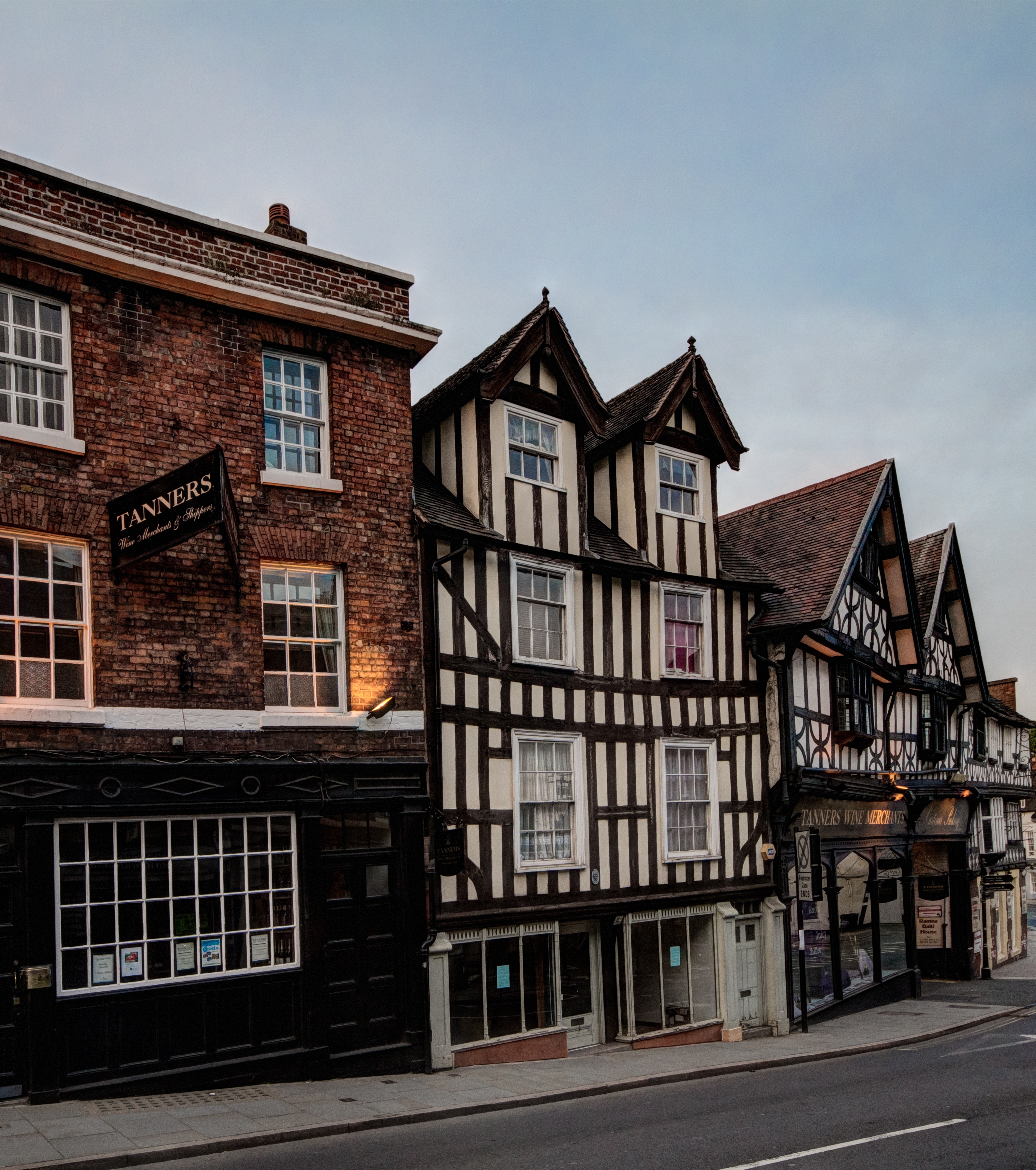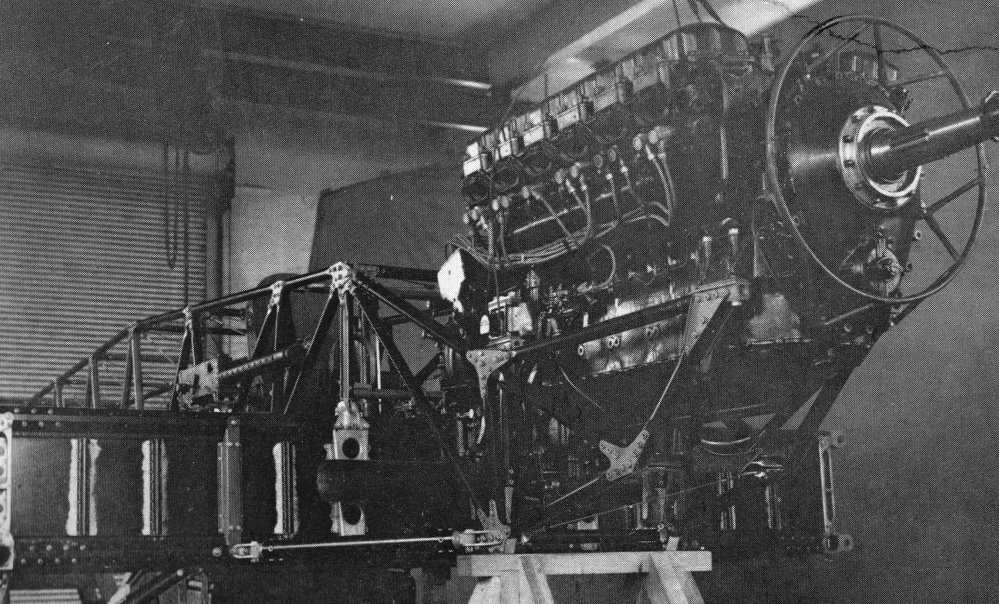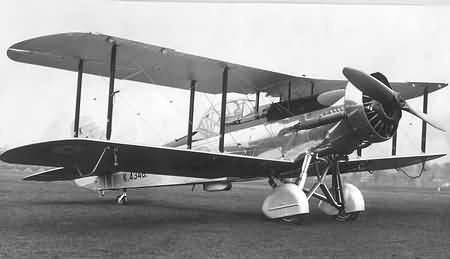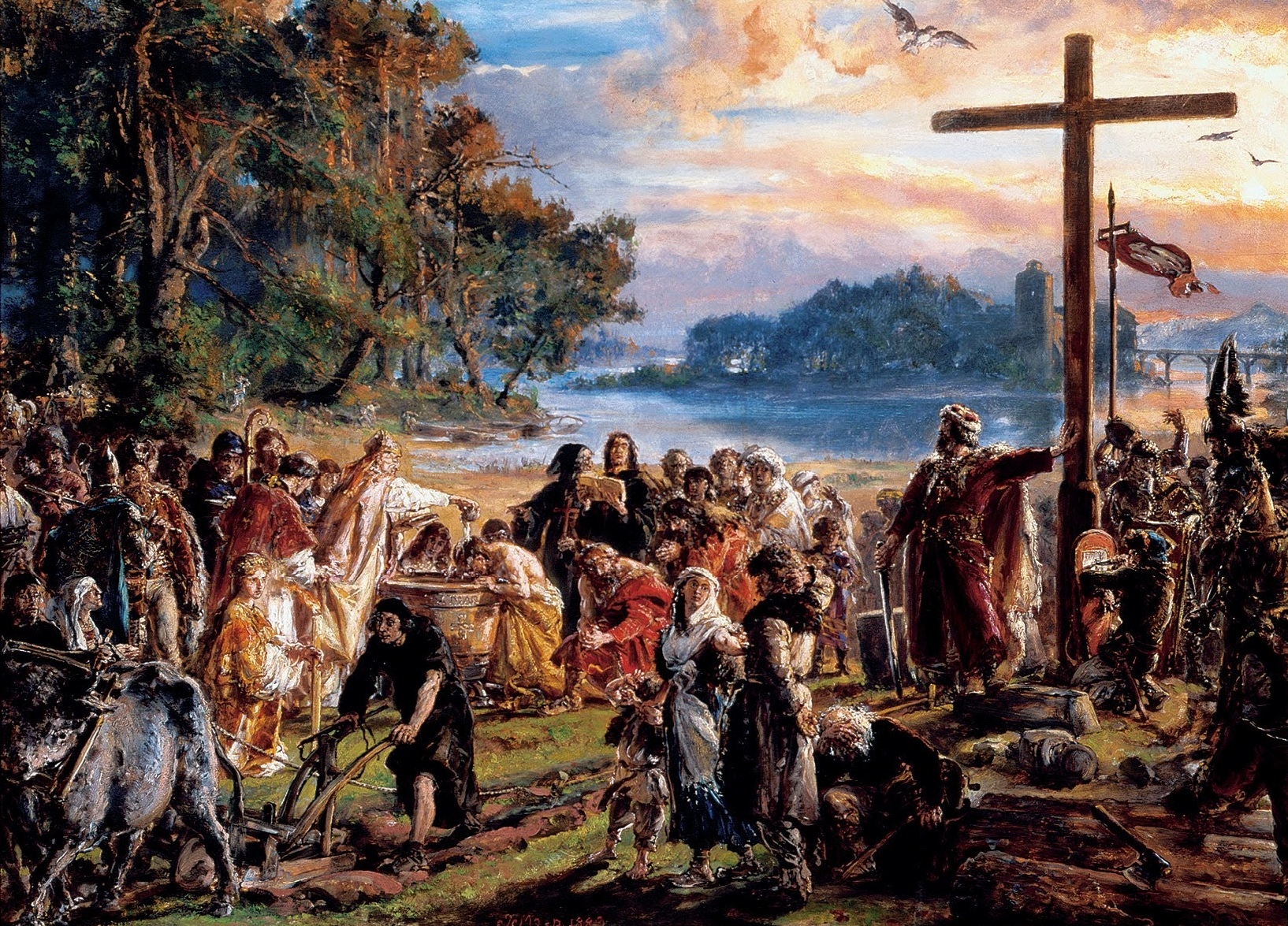|
RAF Penrhos
RAF Penrhos is a former Royal Air Force airfield located near Penrhos, Gwynedd and west of Porthmadog, Gwynedd, Wales, in the community of Llanbedrog. It was operational from 1 February 1937 to 21 October 1946 for armament training, air observer, bombing and gunnery schools. History In 1936 a decision was taken to establish an RAF bombing school at Penyberth, including the area of the low plateau in the bend of the river where the Afon Penrhos joins the Afon Geirch. Opposition was strongly felt, particularly as it was perceived that the sixteenth century house, Penyberth was, in Saunders Lewis’ words, 'one of the essential homes of Welsh culture, idiom and literature'. As work proceeded, an arson attack was carried out on 8 September 1936 after which the arsonists gave themselves up at Pwllheli Police Station. Despite this the base came into operation in February 1937. In December 1940 a detachment from No. 312 (Czechoslovak) Squadron was moved to protect Penrhos fr ... [...More Info...] [...Related Items...] OR: [Wikipedia] [Google] [Baidu] |
Penrhos, Gwynedd
Penrhos is a village and former civil parish in the Welsh county of Gwynedd, located on the Llŷn Peninsula. The parish was abolished in 1934, and incorporated into Llannor. It was the home of former MP Goronwy Roberts Goronwy Owen Goronwy-Roberts, Baron Goronwy-Roberts, FRSA PC (20 September 1913 – 23 July 1981), was a Welsh Labour Member of Parliament. Early life Roberts was the younger son of Edward and Amelia Roberts from Bethesda, Gwynedd, where his f .... Penyberth lies within its confines. Retrieved 13 January 2010 References Villages in Gwynedd[...More Info...] [...Related Items...] OR: [Wikipedia] [Google] [Baidu] |
RAF Hell's Mouth
Royal Air Force Hell's Mouth or more simply RAF Hell's Mouth is a former Royal Air Force Emergency Landing Ground at Hell's Mouth, ( Porth Neigwl) on the Llŷn Peninsula near Abersoch, Gwynedd Gwynedd (; ) is a county and preserved county (latter with differing boundaries; includes the Isle of Anglesey) in the north-west of Wales. It shares borders with Powys, Conwy County Borough, Denbighshire, Anglesey over the Menai Strait, and C ..., Wales. History RAF Hell's Mouth was commissioned in February 1937 as a Relief Landing Ground, later an Emergency Landing Ground for RAF Penrhos. It took its name from the local coastline which is known as Hell's Mouth due to the 'hellish' conditions for sailors with little shelter from the sea. It was also an air gunnery and bombing range, with targets on the land, floated 1 mile offshore and towed drogues in the air. A small range railway was in use to provide moving targets. Typical aircraft using the airfield were Bristol Blenheim and ... [...More Info...] [...Related Items...] OR: [Wikipedia] [Google] [Baidu] |
Wellingborough
Wellingborough ( ) is a large market and commuter town in the unitary authority area of North Northamptonshire in the ceremonial county of Northamptonshire, England, 65 miles from London and from Northampton on the north side of the River Nene. Originally named "Wendelingburgh" (the stronghold of Wændel's people), the Anglo-Saxon settlement is mentioned in the Domesday Book of 1086 as "Wendelburie". The town was granted a royal market charter in 1201 by King John. At the 2011 census, the town's built-up area had a population of 50,577. The Wellingborough built-up area also includes suburbs Wilby, Great Doddington, Little Irchester and Redhill Grange. History The town was established in the Anglo-Saxon period and was called "Wendelingburgh". It is surrounded by five wells: Redwell, Hemmingwell, Witche's Well, Lady's Well and Whytewell, which appear on its coat of arms. Henrietta Maria came with her physician Théodore de Mayerne to take the waters on 14 July 1627. ... [...More Info...] [...Related Items...] OR: [Wikipedia] [Google] [Baidu] |
Shrewsbury
Shrewsbury ( , also ) is a market town, civil parish, and the county town of Shropshire, England, on the River Severn, north-west of London; at the 2021 census, it had a population of 76,782. The town's name can be pronounced as either 'Shrowsbury' or 'Shroosbury', the correct pronunciation being a matter of longstanding debate. The town centre has a largely unspoilt medieval street plan and over 660 listed buildings, including several examples of timber framing from the 15th and 16th centuries. Shrewsbury Castle, a red sandstone fortification, and Shrewsbury Abbey, a former Benedictine monastery, were founded in 1074 and 1083 respectively by the Norman Earl of Shrewsbury, Roger de Montgomery. The town is the birthplace of Charles Darwin and is where he spent 27 years of his life. east of the Welsh border, Shrewsbury serves as the commercial centre for Shropshire and mid-Wales, with a retail output of over £299 million per year and light industry and distributi ... [...More Info...] [...Related Items...] OR: [Wikipedia] [Google] [Baidu] |
Signals Instructor School RAF
In signal processing, a signal is a function that conveys information about a phenomenon. Any quantity that can vary over space or time can be used as a signal to share messages between observers. The '' IEEE Transactions on Signal Processing'' includes audio, video, speech, image, sonar, and radar as examples of signal. A signal may also be defined as observable change in a quantity over space or time (a time series), even if it does not carry information. In nature, signals can be actions done by an organism to alert other organisms, ranging from the release of plant chemicals to warn nearby plants of a predator, to sounds or motions made by animals to alert other animals of food. Signaling occurs in all organisms even at cellular levels, with cell signaling. Signaling theory, in evolutionary biology, proposes that a substantial driver for evolution is the ability of animals to communicate with each other by developing ways of signaling. In human engineering, signals are ty ... [...More Info...] [...Related Items...] OR: [Wikipedia] [Google] [Baidu] |
Hawker Hurricane
The Hawker Hurricane is a British single-seat fighter aircraft of the 1930s–40s which was designed and predominantly built by Hawker Aircraft Ltd. for service with the Royal Air Force (RAF). It was overshadowed in the public consciousness by the Supermarine Spitfire during the Battle of Britain in 1940, but the Hurricane inflicted 60 percent of the losses sustained by the Luftwaffe in the campaign, and fought in all the major theatres of the Second World War. The Hurricane originated from discussions between RAF officials and aircraft designer Sir Sydney Camm about a proposed monoplane derivative of the Hawker Fury biplane in the early 1930s. Despite an institutional preference for biplanes and lack of interest by the Air Ministry, Hawker refined their monoplane proposal, incorporating several innovations which became critical to wartime fighter aircraft, including retractable landing gear and the more powerful Rolls-Royce Merlin engine. The Air Ministry ordered Hawk ... [...More Info...] [...Related Items...] OR: [Wikipedia] [Google] [Baidu] |
Fairey Battle
The Fairey Battle is a British single-engine light bomber that was designed and manufactured by the Fairey Aviation Company. It was developed during the mid-1930s for the Royal Air Force (RAF) as a monoplane successor to the Hawker Hart and Hind biplanes. The Battle was powered by the same high-performance Rolls-Royce Merlin piston engine that powered various contemporary British fighters such as the Hawker Hurricane and Supermarine Spitfire. As the Battle, with its three-man crew and bomb load, was much heavier than the fighters, it was therefore much slower. Though a great improvement over the aircraft that preceded it, its relatively slow speed, limited range and inadequate defensive armament of only two .303 (7.7 mm) machine guns left it highly vulnerable to enemy fighters and anti-aircraft fire.Ethell 1995, p. 177. The Fairey Battle was used on operations early in the Second World War. During the "Phoney War" the type achieved the distinction of scoring the first ... [...More Info...] [...Related Items...] OR: [Wikipedia] [Google] [Baidu] |
Handley Page H
Handley may refer to: Places In the United Kingdom * Handley, Cheshire, a village *Handley, a hamlet in the parish of Stretton, Derbyshire * Middle Handley, a hamlet in the parish of Unstone, Derbyshire * Nether Handley, a hamlet in the parish of Unstone, Derbyshire * West Handley, a hamlet in the parish of Unstone, Derbyshire *Handley, a village in Dorset now known as Sixpenny Handley In the United States * Handley, Dallas County, Missouri * Handley (Fort Worth), a former town currently located with the city of Fort Worth, Texas * Handley, West Virginia * John Handley High School, Winchester, Virginia Other uses * Handley (surname) * Handley Page H.P.42, British four-engine long-range biplane airliners in service from 1931 to 1940 See also *Hanley (other) Hanley is a town in Stoke-on-Trent, Staffordshire, England. Hanley may also refer to: People * Hanley (name) Places Canada * Hanley, Saskatchewan, a town **Hanley (Saskatchewan electoral district) United Kingdo ... [...More Info...] [...Related Items...] OR: [Wikipedia] [Google] [Baidu] |
Westland Wallace
The Westland Wallace was a British two-seat, general-purpose biplane of the Royal Air Force, developed by Westland as a follow-on to their successful Wapiti. As the last of the interwar general purpose biplanes, it was used by a number of frontline and Auxiliary Air Force Squadrons. Although the pace of aeronautical development caused its rapid replacement in frontline service, its useful life was extended into the Second World War with many being converted into target tugs and wireless trainers. In 1933 a Westland Wallace became the first aircraft to fly over Everest, as part of the Houston-Mount Everest Flight Expedition. Design and development In 1931, Westland produced the PV-6, a private-venture development of its successful Wapiti. This updated aircraft embodied a number of improvements including a lengthened fuselage, brakes and wheel spats on the undercarriage and a new engine. By this time both the appearance and performance differed considerably from the standard Wa ... [...More Info...] [...Related Items...] OR: [Wikipedia] [Google] [Baidu] |
Airfields Of Britain Conservation Trust
The Airfields of Britain Conservation Trust (ABCT), founded 2006, is a non-profit organisation that works to preserve and protect Aerodrome, airfields in Great Britain, as well as educating people about their history. The Trust is a registered charity. They place inscribed memorial stones on or near disused airfields, which have included a memorial at South Fambridge, Fambridge, Essex in February 2009, at Windermere in Cumbria in 2011 and at Montrose Air Station Heritage Centre in May 2012. Other memorial locations include RAF Harrowbeer, Harrowbeer, Hatfield Aerodrome, Hatfield, Lanark, Leavesden Aerodrome, Leavesden, Matlaske, Okehampton, Podington, Swannington, Norfolk, Swannington, Westcott, Buckinghamshire, Westcott and Woburn Park. References External links * Charities based in Glasgow Conservation in the United Kingdom Aviation history of the United Kingdom Heritage organisations in the United Kingdom {{RAF-stub ... [...More Info...] [...Related Items...] OR: [Wikipedia] [Google] [Baidu] |
Poles
Poles,, ; singular masculine: ''Polak'', singular feminine: ''Polka'' or Polish people, are a West Slavic nation and ethnic group, who share a common history, culture, the Polish language and are identified with the country of Poland in Central Europe. The preamble to the Constitution of the Republic of Poland defines the Polish nation as comprising all the citizens of Poland, regardless of heritage or ethnicity. The majority of Poles adhere to Roman Catholicism. The population of self-declared Poles in Poland is estimated at 37,394,000 out of an overall population of 38,512,000 (based on the 2011 census), of whom 36,522,000 declared Polish alone. A wide-ranging Polish diaspora (the '' Polonia'') exists throughout Europe, the Americas, and in Australasia. Today, the largest urban concentrations of Poles are within the Warsaw and Silesian metropolitan areas. Ethnic Poles are considered to be the descendants of the ancient West Slavic Lechites and other tribes that inhabit ... [...More Info...] [...Related Items...] OR: [Wikipedia] [Google] [Baidu] |
Gwynedd
Gwynedd (; ) is a Local government in Wales#Principal areas, county and preserved county (latter with differing boundaries; includes the Isle of Anglesey) in the North West Wales, north-west of Wales. It shares borders with Powys, Conwy County Borough, Denbighshire, Anglesey over the Menai Strait, and Ceredigion over the River Dyfi. The scenic Llŷn Peninsula and most of Snowdonia National Park are in Gwynedd. Bangor, Gwynedd, Bangor is the home of Bangor University. As a Administrative divisions of Wales, local government area, it is the second largest in Wales in terms of land area and also one of the most sparsely populated. A majority of the population is Welsh language, Welsh-speaking. ''Gwynedd'' also refers to being one of the preserved counties of Wales, covering the two local government areas of Gwynedd and Anglesey. Named after the old Kingdom of Gwynedd, both culturally and historically, ''Gwynedd'' can also be used for most of North Wales, such as the area that was p ... [...More Info...] [...Related Items...] OR: [Wikipedia] [Google] [Baidu] |






